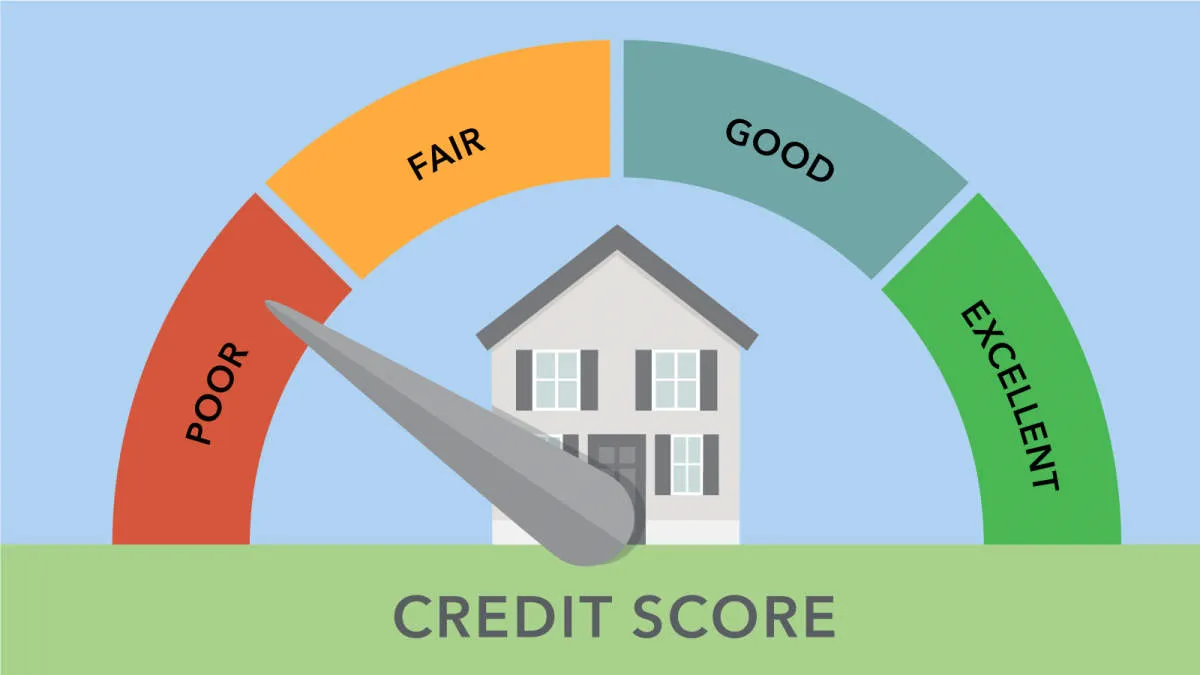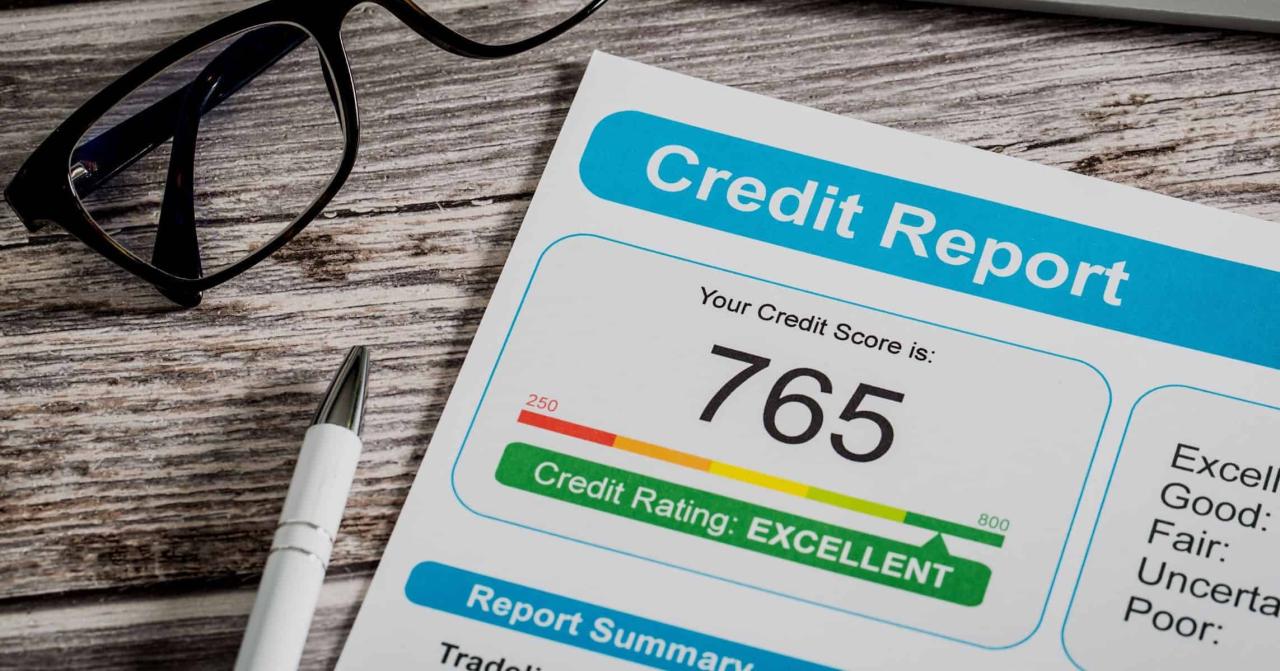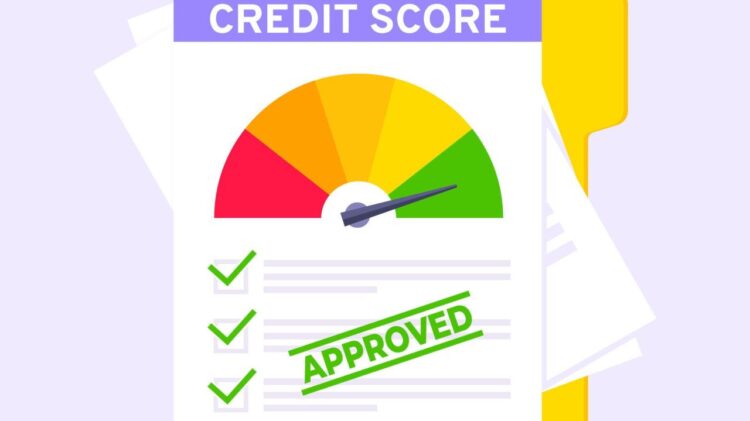A strong credit score is more than just a number; it’s a powerful financial asset that unlocks opportunities, saves you money, and provides peace of mind. In today’s economy, where access to favorable loans, housing, and even certain jobs can hinge on your creditworthiness, understanding how to improve and maintain a healthy credit score is absolutely essential. This comprehensive guide will demystify the intricacies of credit scoring, breaking down the factors that influence your score, providing actionable strategies for improvement, and highlighting common pitfalls to avoid. We’ll delve into the nuances of credit reports, debt management, and responsible credit use.
The Undeniable Power of a High Credit Score

Your credit score, typically a three-digit number ranging from 300 to 850 (in the U.S. FICO and VantageScore models), acts as a financial report card. Lenders, landlords, and even some employers use it to assess your reliability.
- A. Access to Better Loan Terms:
- Lower Interest Rates: This is arguably the biggest benefit. A high credit score signals to lenders that you’re a low-risk borrower, making them more willing to offer you lower interest rates on mortgages, auto loans, and personal loans. Over the life of a large loan, this can translate into tens of thousands of dollars in savings.
- Favorable Terms: Beyond interest rates, you might qualify for longer repayment periods, lower fees, or higher loan amounts.
- B. Easier Loan and Credit Card Approval:
- Wider Selection: With good credit, you’ll have access to a broader range of credit products, including premium credit cards with attractive rewards programs and better borrowing options.
- Quicker Approvals: Lenders can process applications faster when you have a strong credit history, as less manual review is needed.
- C. Reduced Insurance Premiums: In many regions, insurance companies use credit-based insurance scores to determine premiums for auto and home insurance. A better score often means lower rates.
- D. Easier Apartment Rentals and Housing: Landlords frequently check credit scores to assess a prospective tenant’s financial responsibility. A low score can lead to denial or require a larger security deposit.
- E. Utility and Cell Phone Services: Some utility companies and mobile phone providers may require a security deposit if your credit score is low, whereas good credit often waives this requirement.
- F. Negotiating Power: A strong credit score gives you leverage. You might be able to negotiate better terms with lenders or even some service providers.
- G. Peace of Mind: Knowing your finances are in order and you have access to credit when needed provides a significant sense of security.
The FICO Model Explained
While there are various scoring models, FICO (Fair Isaac Corporation) is the most widely used by lenders. Understanding its components is critical for effective improvement.
- A. Payment History (35%):
- Most Important Factor: This is the single largest determinant of your credit score. It assesses whether you pay your bills on time.
- Positive Impact: Paying all your debts (credit cards, loans, mortgages) on time, every time, builds a strong payment history.
- Negative Impact: Late payments (30, 60, 90+ days past due), defaults, collections, bankruptcies, and foreclosures severely damage your score. A single 30-day late payment can drop an excellent score by 50-100 points.
- B. Amounts Owed / Credit Utilization (30%):
- Credit Utilization Ratio: This measures how much of your available credit you are currently using. It’s calculated by dividing your total credit card balances by your total credit limits. For example, if you have a total credit limit of $10,000 across all cards and owe $3,000, your utilization is 30%.
- Ideal Ratio: Aim to keep your credit utilization below 30% across all your revolving credit accounts. Lower is generally better, with the most excellent scores often seen at 10% or below.
- Impact: High utilization signals to lenders that you might be over-reliant on credit and thus a higher risk. Paying down balances directly improves this ratio.
- C. Length of Credit History (15%):
- Average Age of Accounts: This factor considers the average age of all your credit accounts, as well as the age of your oldest and newest accounts.
- Positive Impact: A longer credit history generally indicates more experience managing credit, which is seen favorably by lenders.
- Impact of Closing Accounts: Closing old credit card accounts (especially those with no annual fees) can reduce your average account age and decrease your total available credit, negatively impacting both this factor and your credit utilization.
- D. New Credit (10%):
- Credit Inquiries: When you apply for new credit (a loan, a new credit card), a “hard inquiry” is placed on your credit report. A few inquiries over a short period are usually fine, but too many in a short time can signal higher risk.
- New Accounts: Opening multiple new accounts too quickly can also be seen as risky behavior.
- Impact: This factor generally has a smaller and shorter-term impact compared to payment history or utilization.
- E. Credit Mix (10%):
- Types of Credit: This factor looks at the different types of credit you manage. It’s favorable to have a mix of revolving credit (like credit cards) and installment credit (like mortgages or auto loans).
- Positive Impact: Demonstrates your ability to manage various forms of debt responsibly.
- Note: Don’t open new types of accounts just to improve your mix; focus on the more impactful factors first.
The Blueprint for Improvement

Before you can improve your score, you need to know what’s on your credit report. This document details your credit history.
- A. Accessing Your Credit Report:
- https://www.google.com/search?q=AnnualFreeCreditReport.com (U.S.): The only official, government-authorized website where you can get a free copy of your credit report from each of the three major credit bureaus (Equifax, Experian, TransUnion) once every 12 months.
- Credit Monitoring Services: Many banks, credit card companies, and free apps (e.g., Credit Karma, Credit Sesame) provide free credit scores and simplified reports, though these may use proprietary scoring models.
- B. What to Look For:
- A. Personal Information: Ensure your name, address, Social Security Number, and date of birth are correct.
- B. Account Information: Verify all accounts listed belong to you, including credit cards, loans, mortgages, and their payment statuses (on-time, late, charged-off).
- C. Credit Inquiries: Check for hard inquiries you don’t recognize.
- D. Public Records: Look for bankruptcies, foreclosures, or judgments.
- C. Disputing Errors:
- A. Importance: Errors on your credit report can significantly harm your score. It’s crucial to dispute any inaccuracies promptly.
- B. How to Dispute: Contact the credit bureau (Equifax, Experian, TransUnion) directly where the error appears. Provide supporting documentation.
- C. Be Persistent: Follow up on your disputes. The credit bureau has a limited time to investigate.
Actionable Strategies for Credit Score Improvement
Armed with knowledge and your credit report, it’s time to take concrete steps.
A. Prioritize On-Time Payments
- A. Set Up Reminders: Use calendar alerts, banking app notifications, or automatic payments to ensure you never miss a due date.
- B. Automate Payments: Set up automatic minimum payments (or full balance payments) directly from your bank account to avoid accidental misses. Even if you pay more later, the auto-pay covers the minimum.
- C. Pay Bills Strategically: If you can’t pay the full balance, always pay at least the minimum by the due date. A 30-day late payment is far more damaging than carrying a balance.
- D. Negotiate with Lenders: If you’re struggling to make payments, contact your creditors immediately. They may be willing to work with you on a payment plan or hardship program to avoid a late payment being reported to the credit bureaus.
B. Reduce Credit Utilization
- A. Pay Down Balances: Focus on paying down your credit card balances, especially those with high utilization. Aim for below 30%, but ideally below 10%.
- B. Make Multiple Payments Per Month: Instead of one large payment at the end of the billing cycle, make smaller payments throughout the month. This can keep your reported utilization lower, especially if your credit card issuer reports your balance mid-cycle.
- C. Increase Credit Limits (Strategically): If you have a good payment history and a stable income, requesting a credit limit increase on an existing card can lower your utilization ratio (assuming you don’t spend more). Do this cautiously and only if you trust yourself not to overspend. Avoid requesting too frequently.
- D. Open New Credit (Very Carefully): Opening a new credit card can increase your total available credit, thus lowering your utilization. However, this also results in a hard inquiry and a newer account, which can temporarily ding your score. Only do this if you have a solid credit history, don’t need to apply for other loans soon, and can resist the temptation to overspend on the new card.
C. Cultivate a Long Credit History
- A. Don’t Close Old Accounts (Unless Necessary): Keep old credit card accounts open, especially those with a long history and no annual fees, even if you don’t use them frequently. Closing them reduces your average account age and total available credit.
- B. Keep Accounts Active (Lightly): To prevent an inactive account from being closed by the issuer, use it occasionally for small purchases (e.g., a streaming subscription) and pay it off immediately.
D. Be Mindful of New Credit Applications
- A. Apply Only When Needed: Limit applications for new credit to only when absolutely necessary (e.g., a mortgage, an auto loan).
- B. “Rate Shopping” Grace Period: If you are shopping for a mortgage or auto loan, multiple inquiries from different lenders within a short period (typically 14-45 days, depending on the scoring model) are often counted as a single inquiry, recognizing that you’re shopping for one loan, not multiple.
E. Diversify Your Credit Mix
- A. Natural Progression: As you go through life, you’ll naturally acquire different types of credit (e.g., student loans, auto loans, mortgages, credit cards). This natural progression is usually sufficient to build a good credit mix.
- B. Avoid Artificial Diversification: Do not take on debt (like an unnecessary personal loan) solely to improve your credit mix. The interest costs will outweigh any potential score benefit.
Special Situations and Additional Strategies
Beyond the core factors, certain scenarios and tools can further assist your credit improvement journey.
A. Dealing with Negative Items
- A. Time Heals: Most negative items (late payments, collections, bankruptcies) eventually fall off your credit report after 7-10 years, depending on the item.
- B. Pay for Delete (Collections): For collection accounts, you might be able to negotiate a “pay for delete” agreement where the collection agency removes the entry from your report in exchange for payment. Get this agreement in writing before you pay.
- C. Statute of Limitations: Be aware of the statute of limitations on debt in your state. This limits how long a creditor can sue you to collect a debt, but the debt can still appear on your credit report.
B. Becoming an Authorized User
- A. Benefit: If a trusted family member (e.g., parent, spouse) with excellent credit and a long history adds you as an authorized user on their credit card, their positive payment history and low utilization can reflect on your report.
- B. Caveats: Ensure the primary cardholder uses credit responsibly and keeps utilization low. The account’s activity will affect your credit. Also, not all scoring models consider authorized user accounts as heavily.
C. Secured Credit Cards
- A. For Building Credit from Scratch/Rebuilding: These cards require a security deposit (e.g., $200-$500), which often becomes your credit limit. They report to credit bureaus like regular credit cards.
- B. How They Help: They allow you to establish a payment history and demonstrate responsible credit use, which is crucial for those with no credit or bad credit.
- C. Graduate to Unsecured: After 6-12 months of responsible use, many secured card issuers will offer to convert your card to an unsecured one and return your deposit.
D. Credit-Builder Loans
- A. How They Work: You take out a small “loan” (e.g., $500-$1,000), but the money is held in a locked savings account or CD. You make monthly payments to the lender, and these payments are reported to credit bureaus. Once the loan is paid off, you receive the money.
- B. Benefit: Helps build payment history and credit mix without giving you access to debt you might misuse.
E. Credit Counseling and Debt Management Plans
- A. Non-Profit Agencies: If you’re overwhelmed by debt, non-profit credit counseling agencies can help you create a budget, negotiate with creditors, and set up a debt management plan (DMP).
- B. DMPs: Under a DMP, the agency helps you consolidate payments to creditors, potentially reducing interest rates and stopping collection calls. Note that participation in a DMP can be noted on your credit report, but it’s generally less damaging than bankruptcy.
Maintaining Excellent Credit
Achieving a good credit score is an accomplishment, but maintaining it requires ongoing vigilance and smart financial habits.
- A. Regular Monitoring: Continue to monitor your credit reports for errors and your credit score for any significant drops. Early detection of issues is key.
- B. Avoid Unnecessary Debt: Don’t take on more debt than you can comfortably manage, even if you qualify for it.
- C. Live Within Your Means: A fundamental principle of financial health, this directly impacts your ability to pay bills on time and keep credit utilization low.
- D. Be Patient: Credit improvement takes time. Positive actions build up slowly, just as negative actions take time to fade. Consistency is the most important factor.
- E. Understand Your Needs: Don’t chase a “perfect” 850 score if it means taking on unnecessary credit products or stress. Aim for a score that allows you to achieve your financial goals. Typically, a score in the “Good” to “Excellent” range (700+) is more than sufficient for most financial needs.
Conclusion
Your credit score is a dynamic reflection of your financial responsibility, and it directly impacts your ability to achieve significant life goals. By understanding the core factors that influence your score, meticulously managing your payments and debt, leveraging strategic tools like secured cards, and consistently monitoring your credit reports, you can significantly boost your creditworthiness. This isn’t just about unlocking better loan terms; it’s about building a foundation of financial empowerment that provides flexibility, security, and the freedom to pursue your aspirations. Take control of your credit today, and invest in your future self.











